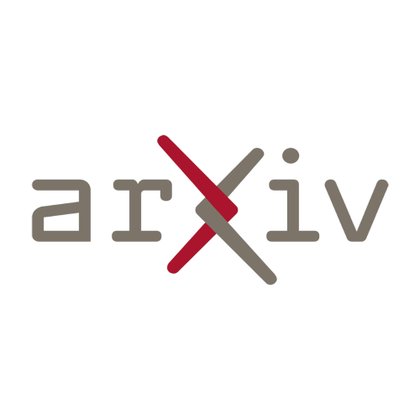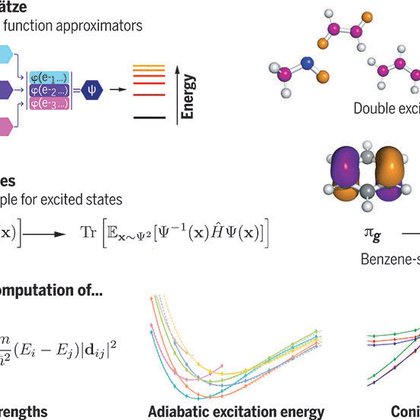
Teddy Koker
@teddykoker
Followers
869
Following
535
Media
26
Statuses
125
PhD student at @MIT; machine learning for physics.
Cambridge, MA
Joined March 2018
New pre-print! With @keeganquigley, @etaw_ucb, Kevin Tibbetts, and Lin Li at @MITLL. We introduce ChargE3Net, a higher-order equivariant neural network for predicting electron density in materials. Paper: Code:
1
1
7
RT @BigAmeya: Really excited to (finally) share the updated JAMUN preprint and codebase! We perform Langevin molecular dynamics in a smooth….
0
5
0
RT @vdbergrianne: 🚀 After two+ years of intense research, we’re thrilled to introduce Skala — a scalable deep learning density functional t….
0
61
0
In order to verify correctness of the implementation, we compare performance on the 3BPA dataset to two different PyTorch NequIP implementations: (1) @simonbatzner et al.'s "nequip" repo, and (2) @IlyesBatatia et al.'s "mace" repo. 3/n.
1
0
0
RT @n_gao96: I am truly excited to share our latest work with @MScherbela, @GrohsPhilipp, and @guennemann on "Accurate Ab-initio Neural-net….
arxiv.org
We present finite-range embeddings (FiRE), a novel wave function ansatz for accurate large-scale ab-initio electronic structure calculations. Compared to contemporary neural-network wave...
0
32
0
RT @TacoCohen: Does equivariance matter at scale?. When the twitter discourse gets so tiring that you actually go out and collect EVIDE….
0
53
0
RT @pfau: I’m beyond thrilled to share that our work on using deep learning to compute excited states of molecules is out today in @Science….
science.org
We present an algorithm to estimate the excited states of a quantum system by variational Monte Carlo, which has no free parameters and requires no orthogonalization of the states, instead transfor...
0
171
0
RT @xiangfu_ml: Charge density is the core attribute of atomic systems in DFT. When representing and predicting charge density with ML, it….
0
47
0
RT @TimothyDuignan: Another very impressive general purpose graph NN for molecular simulation. Feels like this field is really accelerating….
0
37
0












